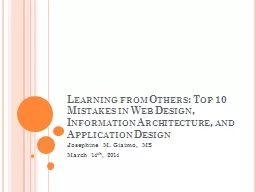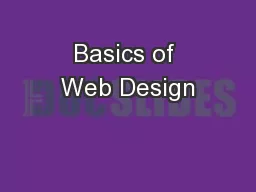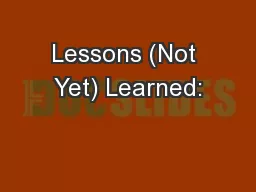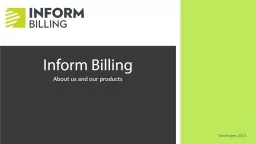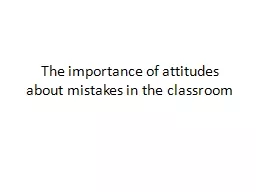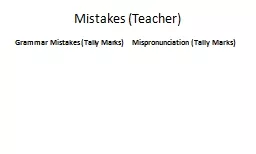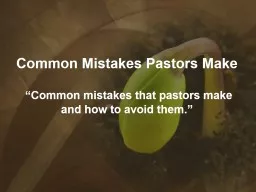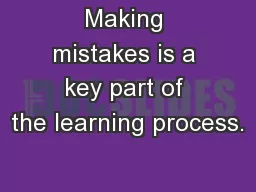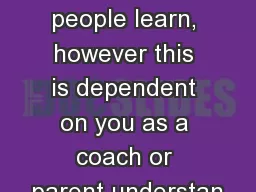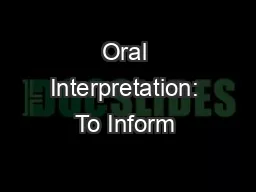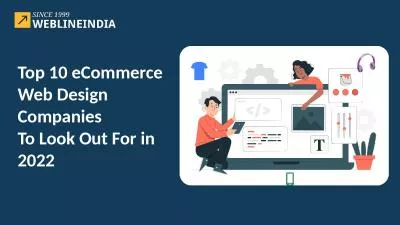PPT-Learning from Others: Top 10 Mistakes in Web Design, Inform
Author : phoebe-click | Published Date : 2016-04-20
Josephine M Giaimo MS March 14 th 2014 What Well Discuss Today Top 10 mistakes in design in EACH of the following categories Web Design Information Architecture
Presentation Embed Code
Download Presentation
Download Presentation The PPT/PDF document "Learning from Others: Top 10 Mistakes in..." is the property of its rightful owner. Permission is granted to download and print the materials on this website for personal, non-commercial use only, and to display it on your personal computer provided you do not modify the materials and that you retain all copyright notices contained in the materials. By downloading content from our website, you accept the terms of this agreement.
Learning from Others: Top 10 Mistakes in Web Design, Inform: Transcript
Download Rules Of Document
"Learning from Others: Top 10 Mistakes in Web Design, Inform"The content belongs to its owner. You may download and print it for personal use, without modification, and keep all copyright notices. By downloading, you agree to these terms.
Related Documents

